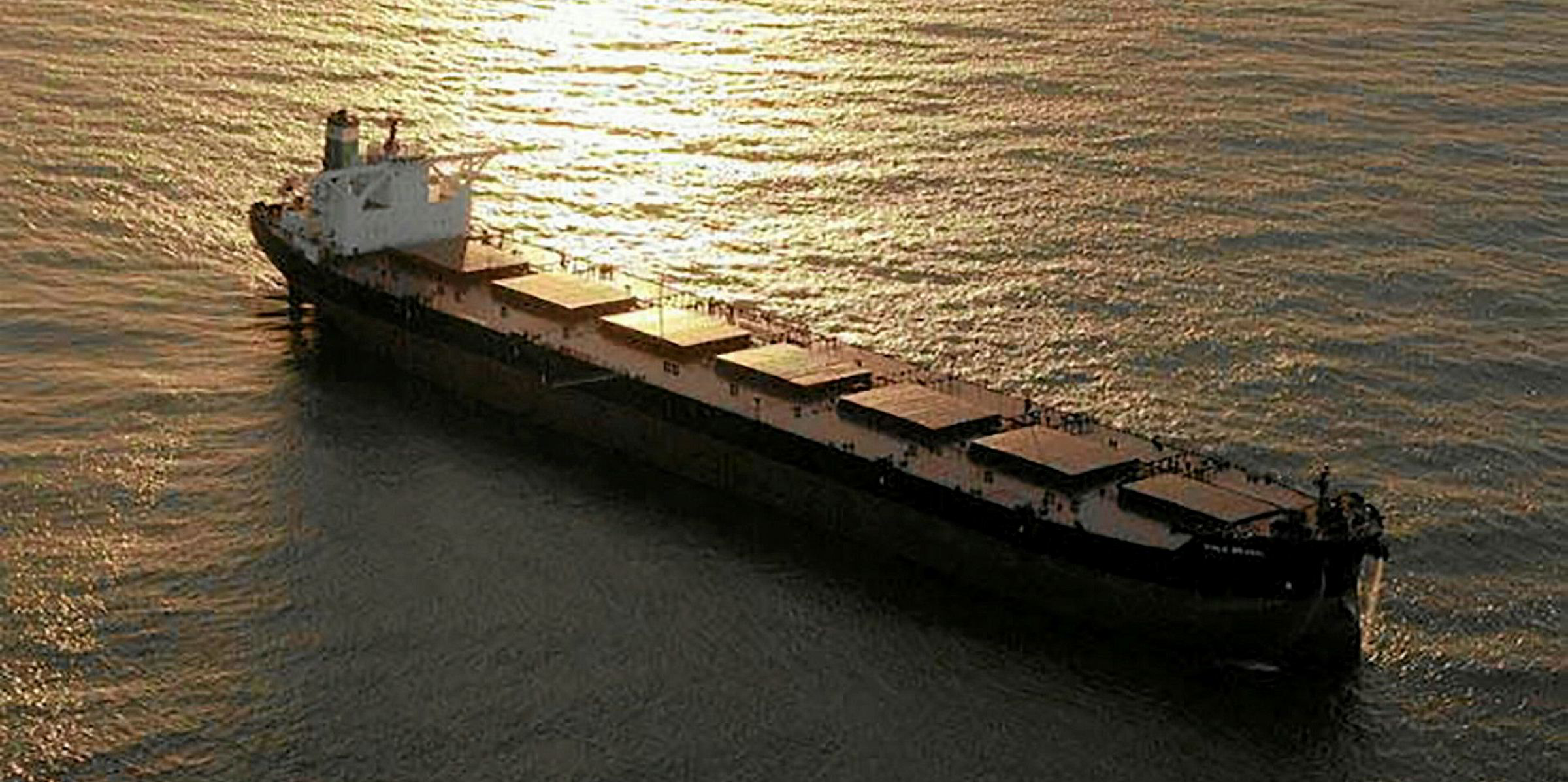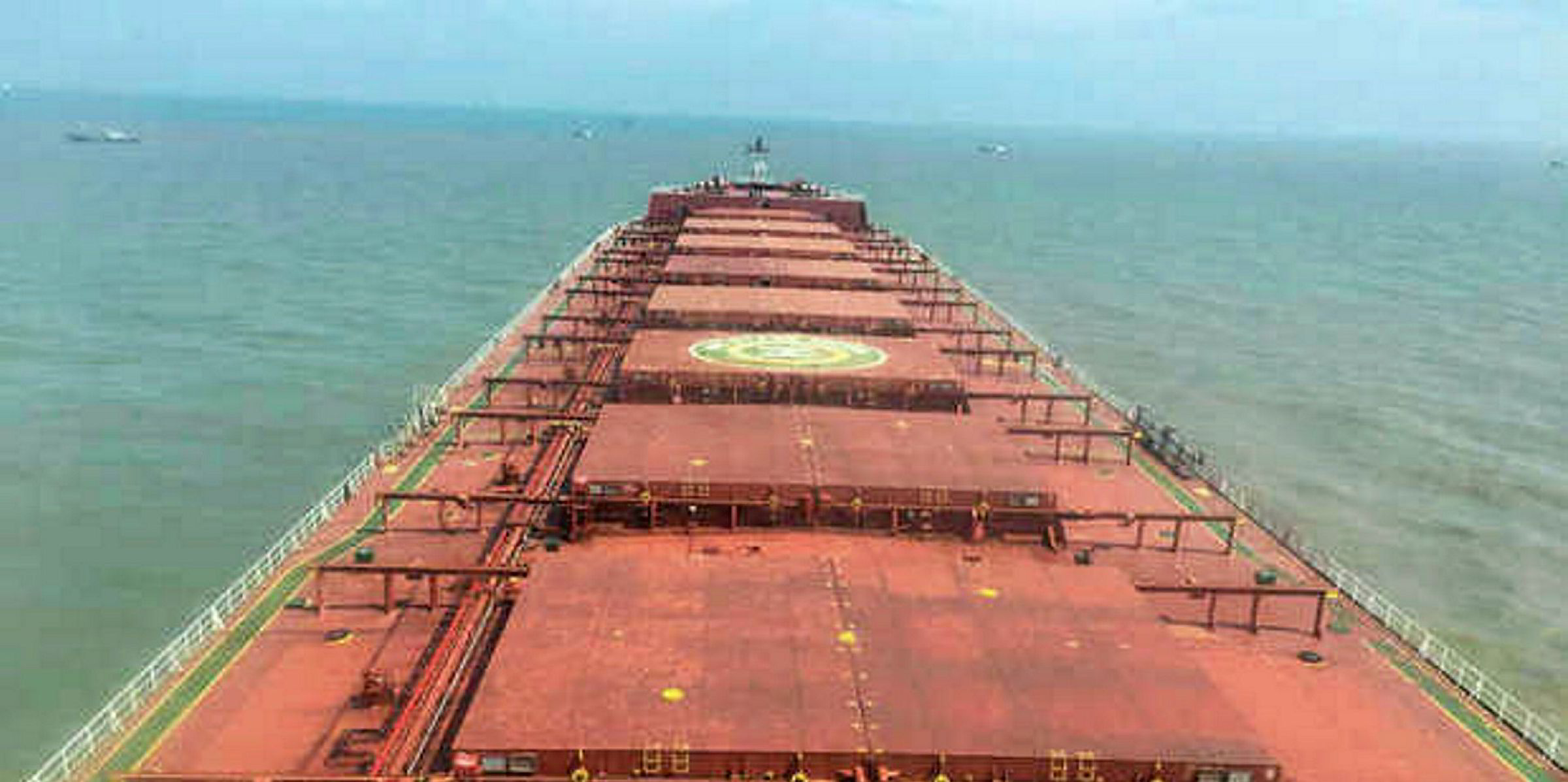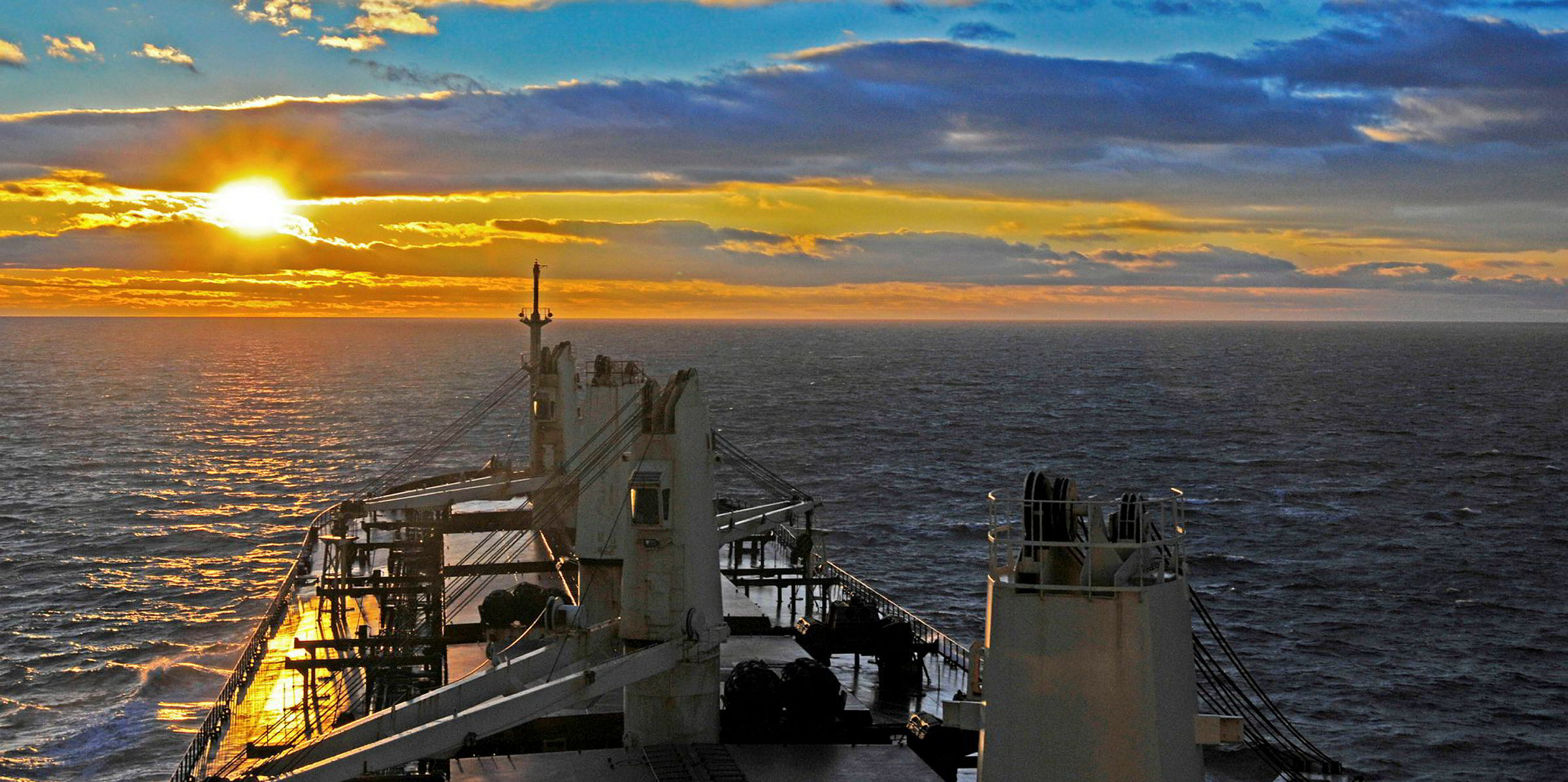The Baltic Dry Index (BDI) is at the highest level seen in over five and a half years.
The Baltic Exchange today assessed the index at 1,865 points, a 49-point increase on Thursday's level and its highest point since January 2014.
The index has rallied by 785 points over the past 30 days.
Its progress has been almost non-stop since since 14 June, except for a brief 15-point correction seen on 8 July.
Breakdown
The BDI has been buoyed particularly by the strength of rates in the Atlantic.
Rates are being driven up by the shortage of prompt tonnage availability in the basin for both capesizes, panamaxes and ultra/supramaxes.
Much has been made of the capesize market's comeback, following the historic lows seen in March, but panamaxes are performing even more strongly.
Today the Baltic Panamax Index reached 1,945 points, the highest level seen since 18 December 2013.
The weighted timecharter average rate for the Baltic's four benchmark panamax routes was assessed at $15,536 per day, $518 higher than on Thursday.
Rates on the trans-Atlantic roundtrips from Skaw/Gibraltar (P1A_03) benchmark route have gone through the roof.
The route was assessed $475 higher today at $19,305 per day, its highest level since mid-December 2013.
Capesize snapshot
Today the Baltic Capesize Index reached an 11-month high of 3,541 points.
The weighted timecharter average rate for its five benchmark routes was assessed at $27,389 per day, $684 higher than on Thursday.
The cape market has seen a good few days of fixing on the Brazil to China route as Brazilian iron ore cargoes return to the market with gusto but are met with a shortage of ships.
"For the next 50 days, what we see is that the VLOCs controlled by Vale are all loaded and are heading east, laden. And there are no capes," Star Bulk Carriers' president, Hamish Norton, said on Tueday.
"So we've got 50 days of almost guaranteed high capesize rates, while the Brazilians ramp up their production, which they seem to be doing pretty quickly."







